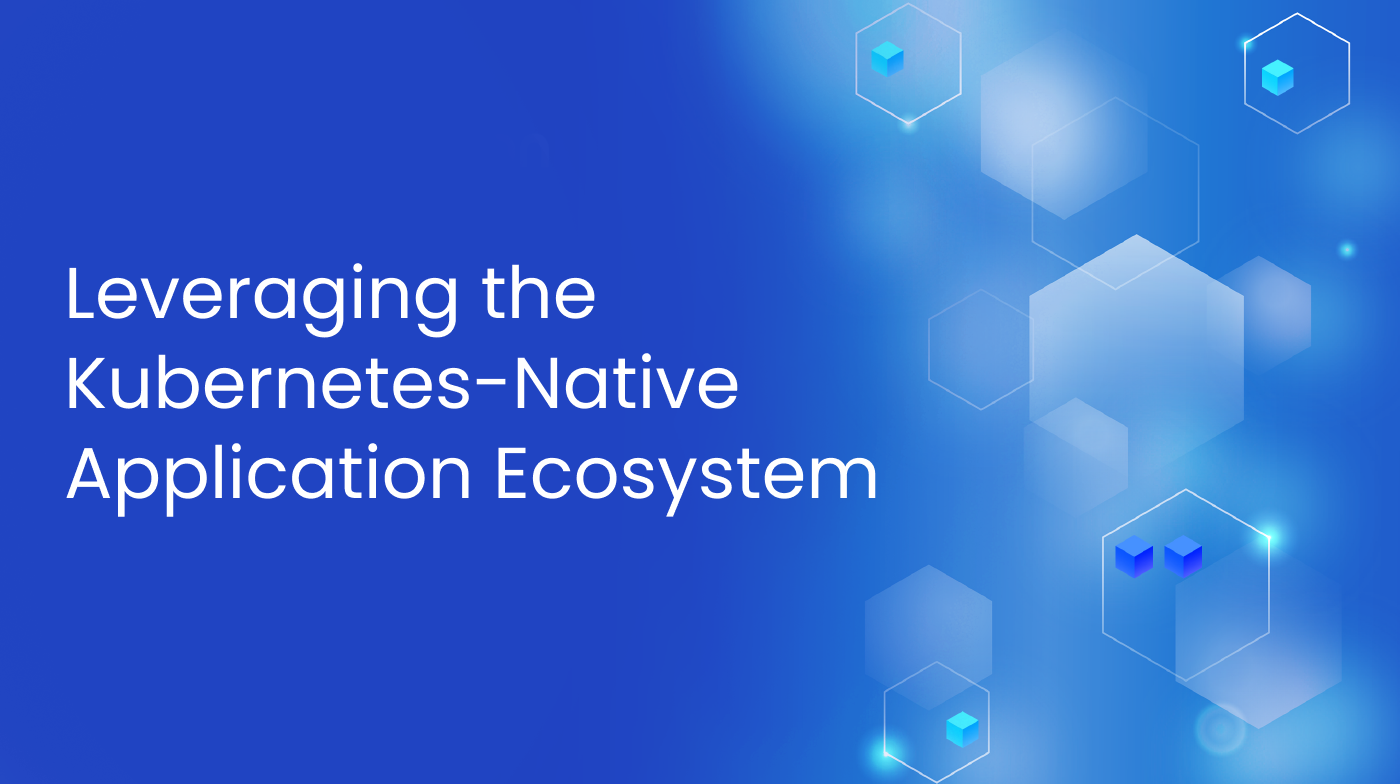Introduction: Why Predictive Analytics Matters in Urban Mobility
Predictive analytics is transforming how cities manage traffic and infrastructure. By using data, machine learning, and statistical modeling, municipalities can anticipate congestion, optimize routes, reduce costs, and enhance road safety.
This article explores how predictive analytics in traffic and infrastructure is shaping the future of urban planning—and how companies like Single Click are helping governments make smarter, data-driven decisions.
🚀 Internal Link: Discover how AI is enhancing public services across the Middle East in our main article here.
What Is Predictive Analytics in the Transportation Industry?
Predictive analytics refers to using historical and real-time data to forecast future outcomes. In transportation, it helps:
- Anticipate traffic congestion
- Predict vehicle volumes
- Improve route planning
- Reduce maintenance costs
- Enhance public transit efficiency
Machine learning models analyze weather, road conditions, sensor inputs, and traffic flow data to detect patterns and predict bottlenecks before they occur.
Benefits of Predictive Analytics in Traffic and Infrastructure
1. Real-Time Traffic Management
Cities can use predictive algorithms to:
- Adjust traffic signal timing dynamically
- Send drivers alternate routes
- Reduce accidents in high-risk zones
This leads to smoother commutes and fewer delays.
2. Infrastructure Maintenance Forecasting
Using IoT sensors embedded in roads and bridges, predictive models can identify wear and tear early. This allows governments to:
- Schedule proactive maintenance
- Extend asset life cycles
- Reduce repair costs and downtime
3. Smart Public Transportation
Transit agencies use predictive analytics to:
- Forecast passenger demand
- Optimize routes and schedules
- Minimize waiting time for riders
The result is improved satisfaction and reduced operational costs.
4. Environmental Impact Reduction
By easing congestion and improving public transit, predictive analytics lowers emissions and fuel consumption—contributing to a cleaner, more sustainable city.
Common Use Cases of Predictive Analytics in Transportation
Here are some real-world applications:
- Google Maps & Waze: Use predictive models to estimate travel time and reroute drivers
- Smart Parking Systems: Predict availability based on time and historical usage
- Fleet Management Platforms: Anticipate vehicle breakdowns and optimize delivery schedules
- Public Safety Initiatives: Forecast accident hotspots using traffic and incident data
How Can Predictive Analytics Improve Infrastructure Development?
Municipalities and contractors can use predictive models to:
- Forecast future urban growth
- Prioritize high-need infrastructure projects
- Estimate ROI and long-term impact
- Detect potential failures in bridges, roads, or utilities before they become dangerous
How Single Click Supports Predictive Analytics Projects
Since 2013, Single Click has been a regional leader in providing IT and digital transformation solutions across the UAE, Saudi Arabia, Egypt, Kuwait, and Qatar.
Our Relevant Services:
- Custom Software Development: Tailored platforms for traffic data analysis
- Network Solutions: Reliable infrastructure for real-time data flow
- Cybersecurity: Secure handling of sensitive transportation data
- 24/7 Technical Support: Continuous monitoring and issue resolution
- Digital Transformation Consulting: Helping cities shift to smart systems
With high-quality service and competitive pricing, our expert engineers help governments and organizations adopt predictive analytics efficiently and securely.
📞 Contact us today:
UAE: +971 42 475421
Egypt: +2 010 259 99225
Saudi Arabia: +966 58 1106563
People Also Ask (FAQ)
What is predictive analytics in transportation industry?
It’s the use of data and algorithms to forecast traffic patterns, reduce congestion, and optimize transportation networks.
How can analytics be used in traffic management?
Analytics help in real-time route planning, accident prediction, traffic light control, and emergency response coordination.
What is predictive analytics in the travel industry?
In travel, it helps forecast passenger behavior, personalize offers, and plan routes more efficiently.
What are some examples of predictive analytics?
- Dynamic pricing in ride-sharing apps
- Predicting train delays
- Maintenance forecasting for vehicles
- Traffic flow predictions using weather data
Conclusion: The Future of Smart Cities Is Predictive
As urban areas expand, predictive analytics is no longer optional—it’s essential. By leveraging technology to anticipate issues before they arise, cities can offer safer, faster, and more sustainable transport systems.
Single Click is proud to partner with governments and enterprises to deliver future-ready IT solutions for smarter mobility.
👉 Learn more about how AI is improving public services: Read the full guide





